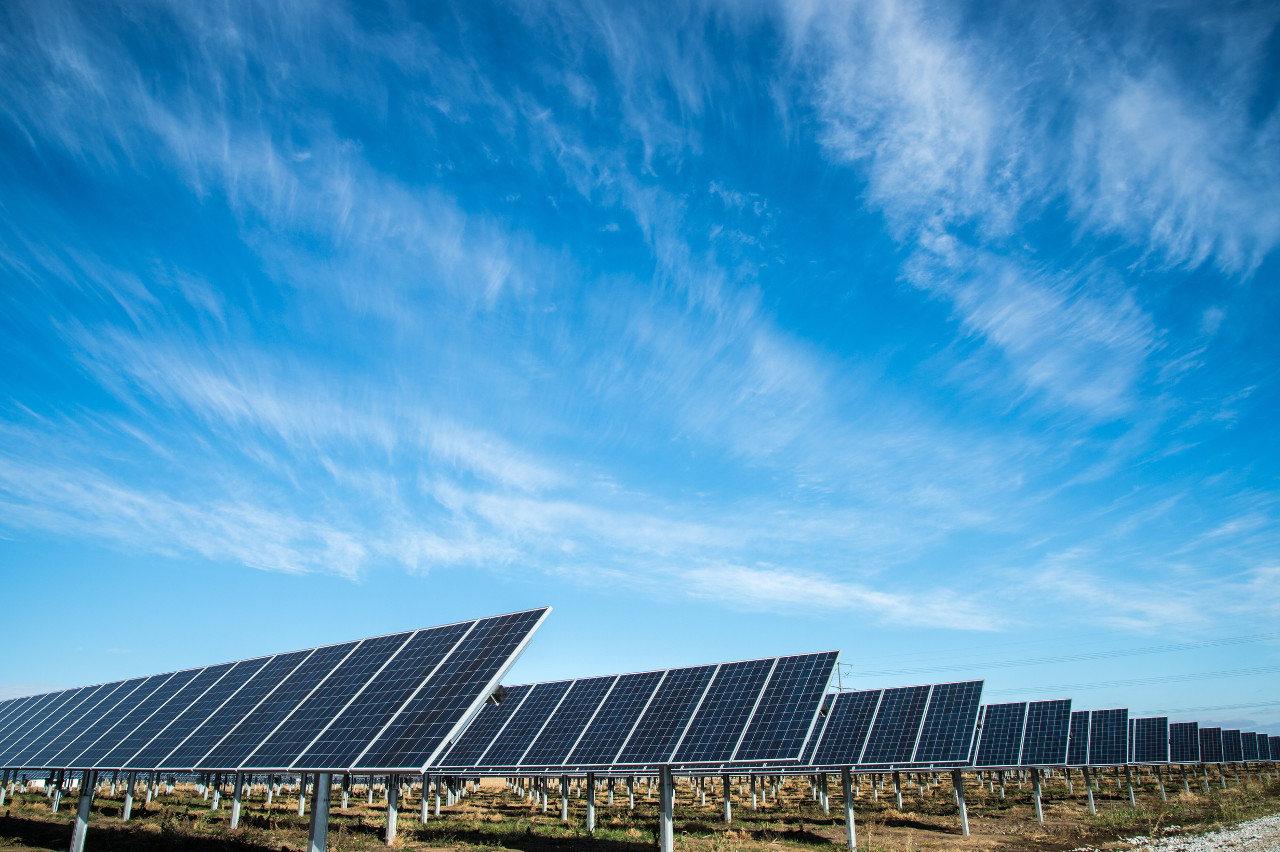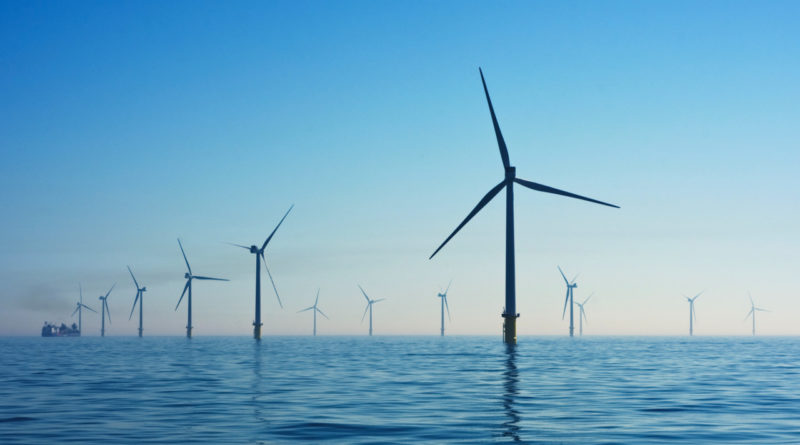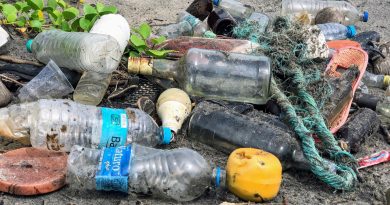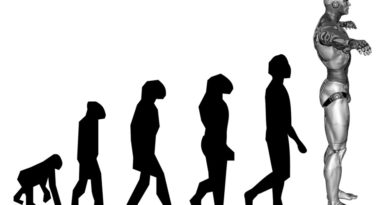Why We Won’t Switch To Clean Energy Tomorrow
The use of fossil fuel is causing climate change and threatening our survival. Replacing fossil fuel with clean energy could help us retain our civilizational achievements, mitigate some environmental damage and slow down climate change.
Clean energy comes from renewable energy sources. It doesn’t produce carbon emissions. It doesn’t degrade the ecosystem. (At least, in theory.)
A sufficient amount of alternative energy can be generated by harnessing one or more inexhaustible nature’s forces: sun, water, wind and the earth’s hot interior. (Other options such as converting biomass into energy are being pursued as well. Other ways of generating energy like nuclear power are already contributing to our power supply.)
Most of us care about the benefits of clean energy. Few, including many well-intentioned conservationists and climate activists, are truly interested in its technologies and that’s a big part of the problem.
I’m neither a scientist nor engineer and this article isn’t intended for clean energy experts, but I highly recommend YOU read it. Why? Because according to the media, we have the choice of stopping climate change now which may – or may not – be true. There is more to the story than enticing headlines.
Hydropower (energy generated using the power of water)
is the best-established of all clean energies and already constitutes 16% of worldwide energy supply.
Hydropower is cleaner than fossil fuels and doesn’t emit greenhouse gas. But it isn’t entirely environmentally-friendly. The generation of hydropower is not fish-friendly and causes some water pollution (from pump and turbine-lubricating oils).
With that said, the technology of hydropower is advancing. Multi-functional pump-turbines are in the works. Water might eventually replace the lubricating (and polluting) oils. Safeguards that protect marine life are being implemented. Other improvements are on the way.
Wind (energy generated by wind turbines converted into electrical energy)
Wind energy generation is growing by leaps and bounds. It is being touted for its cleanliness. Its technology is being refined to include longer blades and taller towers for higher efficiency as well as onsite construction and assembly.
Still, some environmental concerns persist. American biologists point out to mass bird and bats deaths. In an open letter to the Institute of Physics, J. Mann and J. Teilmann report concerns about marine life and potentially negative impact on health of human populations near wind turbine towers. Still under investigation: wind farms’ impact on precipitation and global warming or cooling.
Solar power is the energy from the sun captured to be converted into electrical or thermal power.

Solar energy seems to be the most exciting at this time because of the many new developments in the solar industry.
The “magic” of solar panels is Solar Photovoltaic glass. To explain PV glass in a simple way, it is a glass “sandwich”: one layer of glass, one layer of solar cells affixed at an angle and another layer of glass.
The solar panels capture energy which gets stored in a battery and then can be utilized by the end user.
Today’s solar panels aren’t very efficient, yet. Research indicates that much more efficient solar panels are on the way.
What’s exciting? Apart from the fact that solar energy is clean and its source inexhaustible, there are four specific things that are very appealing about solar energy:
– it generates power and heat
– solar “panels” are becoming available in more and more forms: there are flexible solar panels that are being printed (which will eventually make solar panels much more affordable) and even solar fabric (the fabric version could be used on any existing structure!)
– solar panels can be utilized on virtually any surface and generate electrical as well as thermal power, a few examples: building roofs, parking lots’ roofs, unused land, water surface, etc. A solar designer Marjan van Aubel has used PV glass in interior design of a sun-filled home to generate power for the house’s residents. (Some time in the future, solar-powered roadways will carry engine-free vehicles….)
– solar panels can be used to muffle undesired sounds
Like other types of clean energy, solar energy also has some negative impact on environment. While most sources name loss of natural habitat, land and extensive water use (in a production stage); solar panels are known to be dangerous to birds.
Geothermal power (energy generated from the hot core of the Earth)
Geothermal energy is known for thousands of years as hot springs, geysers and yes, volcanoes. This is how we knew about the heat within the Earth: from the Earth’s natural eruptions of heat and / or hot water. Once harnessed, or created, geothermal energy could be used for heating or converted into electrical energy.
The first successful capture of geothermal power in the United States specifically for heating buildings took place near hot springs (in 1892 in Boise, Idaho where it continues to heat the downtown buildings). The first geothermal power plant was established in 1969 in the Geysers in California.
However, natural hot springs are few and far between while the Earth’s core generates massive amounts of heat – which could supply a practically never-ending supply of clean energy – everywhere. Considering the fact that solar and wind energy is – in a way – “conditional” (low wind, less sun or night decrease energy generation) and costly to store while geothermal power is consistent, further research was pursued. As a result, several new technologies were developed.
They are focused on fracking into existing Earth crust’s fissures to build artificial channels. One of the technologies explores creating exit channels to capture and utilize heat. Another, centers on creating entry and exit channels. (Imagine cold water being pumped deep enough into the interior of the Earth to become extremely heated and then returned back to the surface where the hot water – or steam – could be used for heating or converted into electrical power.)
Geothermal power – the only sustainable clean energy source capable of providing us with a consistent and sufficient energy supply for thousands of years – has its pros and cons. The pros are obvious. Among the cons are air and water pollution.
Biomass energy (The name is confusing. Biomass is energy derived from existing stuff. Yes, I said stuff, on purpose.)
Biomass energy can be generated by converting food crops into carbon-neutral biofuels. However, waste-to-energy applications (refuse derived fuel) are also included in the category of biomass energy.
Deriving energy from waste is a complex process relying on multiple technologies to incinerate or gasify waste, generate energy and clean byproducts of the process. The benefits of refuse derived fuel are energy generation and landfill reduction.
*
Why We Won’t Switch To Clean Energy Tomorrow? Because if we stop using fossil fuel abruptly, the world as we know it would come to a standstill.
The science for clean energy is here. The technologies are becoming more refined. Still, there are numerous roadblocks ahead.
Among them are:
1/ Scaling: the amount of clean energy produced today is too small to meet demand
According to the Center For Climate And Energy Solutions:
“Globally, renewables made up 29 percent of electricity generation in 2020, much of it from hydropower (16.8 percent).”
In the United States:
“Renewables made up nearly 20 percent of utility-scale U.S. electricity generation in 2020, with the bulk coming from hydropower (7.3 percent) and wind power (8.4 percent).”
“Solar generation (including distributed), which made up 3.3 percent of total U.S. generation in 2020, is the fastest-growing electricity source.”
There is a difference between energy generation and energy use. Per US Energy Information Administration: “In 2020, renewable energy sources accounted for about 12.6% of total U.S. energy consumption and about 19.8% of electricity generation.”
According to American Geosciences Institute, in 2017, the United States used: “Petroleum (crude oil and natural gas plant liquids): 28%, Coal: 17.8%, Renewable energy: 12.7%, Nuclear electric power: 9.6%”
However, Penn State College Of Earth And Mineral Sciences states that in 2019:
petroleum, natural gas and coal account for appr. 80% of energy consumed
nuclear power appr. 8% and renewable energy appr. 11%
In Europe on the other hand:
“In 2019, renewable energy represented 19.7 % of energy consumed in the EU-27. The share of energy from renewable sources used in transport activities in the EU-27 reached 8.9 % in 2019.” (Quote from European Commission)
2/ Lack of infrastructure: the generation of alternative energy is one thing, the ability to store and distribute it is another. Traditional electricity requires power cables and polls. Gas requires pipes. Cars need gas stations. The current infrastructure was developed to support the storage and distribution of the old energy systems. Renewable energy requires different infrastructure to generate, store and distribute it.
3/ Transitioning and integrating
We need new infrastructure designed specifically with renewable energy in mind as well as a way to somehow merge the old and the new and eventually convert existing, conventional infrastructure for clean energy. (Even the currently small production of clean energy is not distributed efficiently due to the shortcomings of the existing storage and distribution systems.)
*
In conclusion, clean energy will come from several sources. It will require its own generation, storage and distribution systems. Apart from the obvious need for massive investment, we’ll need a sound plan for the transition to new systems and gradually integrating them into the existing power grid. Of course, significant changes and adjustments will need to take place in many industries (transportation being only one example) to enable compatibility with renewable energy. Bottom line, many changes will be needed to make the transition from fossil fuels to electricity-powered civilization.
Hope is here. Why We Won’t Switch To Clean Energy Tomorrow? Because there is a considerable distance between hope and reality.
One more thing, transforming our dirty, destructive, fossil fuel-powered civilization into clean energy-based, all-electric, eco-friendlier and more sustainable version will involve plenty of fossil fuel, “dirty” industries and toxic materials. Not to mention, add significant amount of carbon emissions and pollution, exacerbate existing environmental damage and yes, accelerate climate change.…..
Photo credits:
Wind farm photo by Nicholas Doherty on Unsplash
Solar panels photo by American Public Power Association on Unsplash




